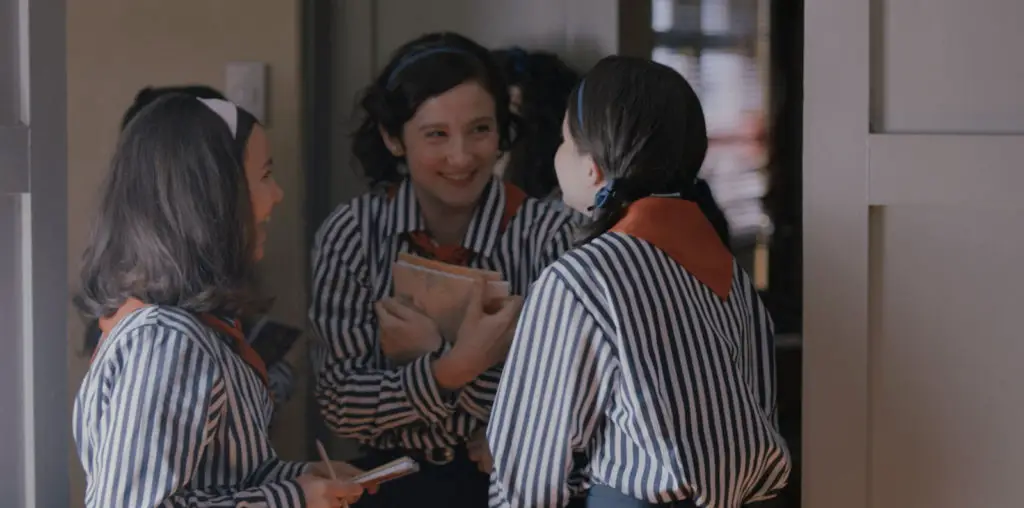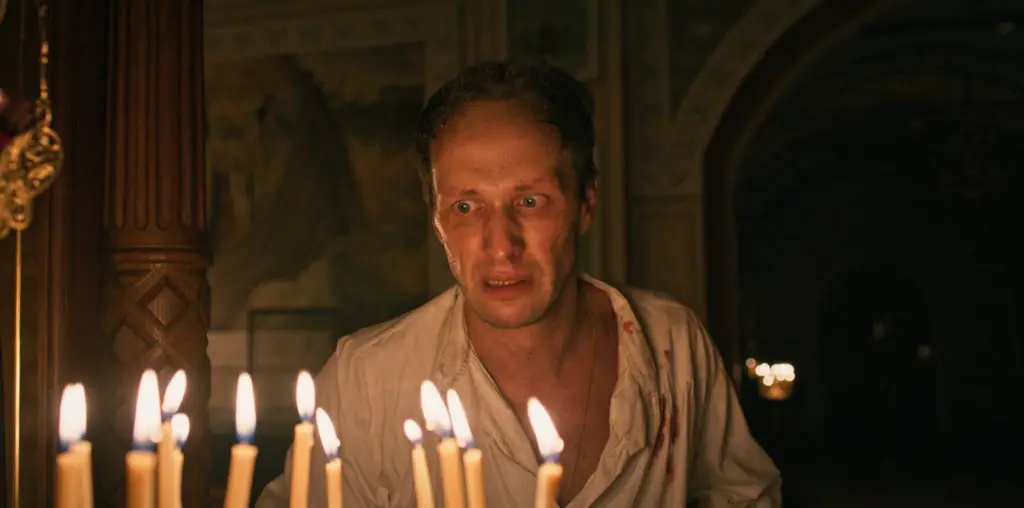
The Polish novelist Stanislaw Lem is the most translated non-English speaking sci-fi author on the planet. Nonetheless, it’s doubtful any of the writer’s works have ever undergone the sort of morph job his most popular one now has. As reimagined and adapted for the screen by director Steven Soderbergh, the 1961 classic actually gains something in the translation. Call me crazy. The story’s a literary milestone but, to my way of thinking, the filmmaker’s improved upon it.
George Clooney gives a finely calibrated performance in the role of a psychologist who responds to a distress call sent by an old friend from a distant space station. Something mysterious is going on aboard the craft orbiting the eponymous planet. “You have to see it for yourself,” the colleague implores, “You need this.”
By the time we find out why he may have felt that way, the old friend has taken his own life, Clooney has boarded a vast ghost town of a vessel and, in flashback, his character is revealed to have loved and lost a beautiful, troubled woman played by Natascha McElhone. Her death, we learn, followed a fight between the two and, because of that fact, Clooney’s character is afflicted by a crippling sense of guilt and regret.
On board he encounters the crew’s two survivors. Both are evasive on the subjects of what’s been happening and why they haven’t turned around and headed for home. In essence, they assure him he’ll find out for himself soon enough and leave him to spend his first night on the ship. In his dreams, he and McElhone reenact fragments of their life together. When he awakens, however, she’s still there. A reasonable facsimile of her anyway.
As it turns out, everyone on the craft has been having visitors ever since the station settled into position high above Solaris. Crewmembers can only speculate as to the purpose of these unsettling incarnations. One thing on which all agree, though, is the fact that their guests aren’t human, much less are they the actual people they appear to be.
Which isn’t to say they’re not great company. Each person on board has his own psychology to play out. Clooney comes to view the situation as a gift, an opportunity for redemption. While he understands that the being next to him isn’t in reality his dead lover-even the being herself is conscious that she’s some sort of cosmic doppelganger-he’s overpowered by the need to believe she is and that somehow, in some extra dimensional pocket of time, the two can still spend eternity together living “inside the feeling.”
Here, Soderbergh doesn’t merely depart from Lem’s original story; he rewrites it. The novel is an icy meditation on man’s place in the universe and the mystery of God. It poses countless metaphysical questions and makes a point of answering none of them. In Soderbergh’s hands, however, “Solaris” becomes a celebration of romantic love which culminates in the revelation of a caring, forgiving creator. At the end of his book, Lem writes “The age-old faith of lovers and poets in the power of love, stronger than death, that finis vitae sed non amoris is a lie, useless and not even funny.” The director ignores the author in favor of just such a poet. Clooney’s character repeatedly quotes Dylan Thomas: “Though lovers be lost love shall not; and death shall have no dominion.”
It’s a gutsy move and I have to say I find Soderbergh’s “Solaris” an eminently more satisfying experience than Lem’s. This is a film as elegantly directed as any by Kubrick, one which is superbly acted and brilliantly scored, as spellbinding a work of cinema as we’re likely to see for some time. It’s not every day a picture comes along and proves worthy of comparison to “2001.” Soderbergh’s latest may well leave Stanislaw Lem grumbling. My bet is virtually everyone else will be blown away.


